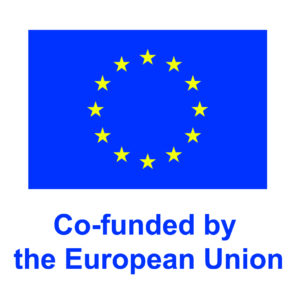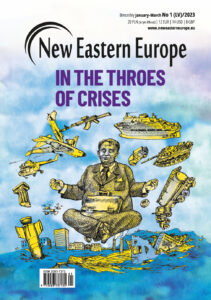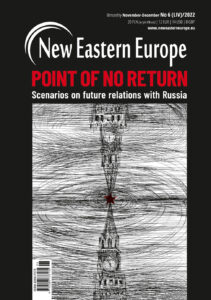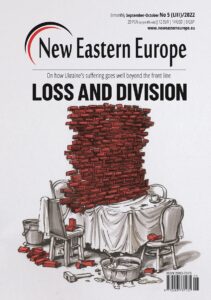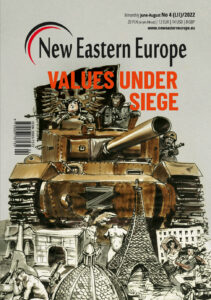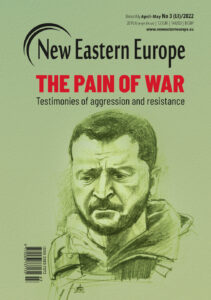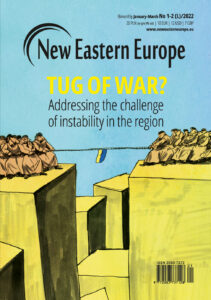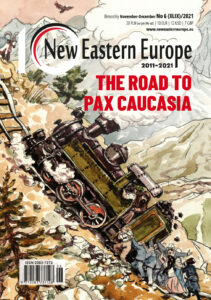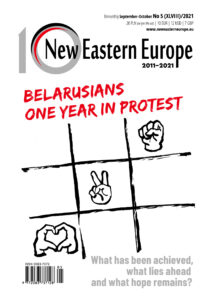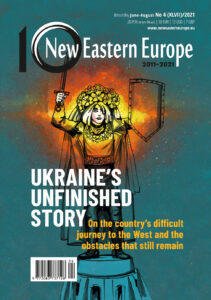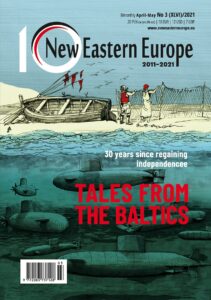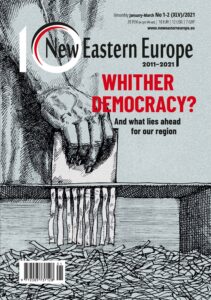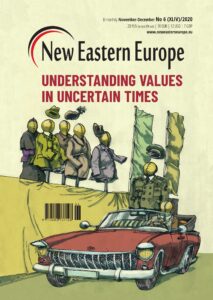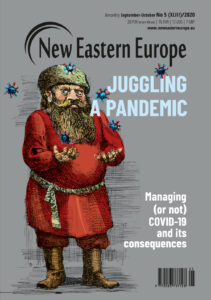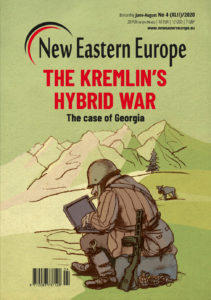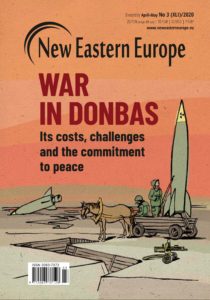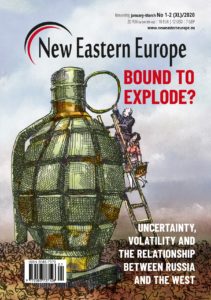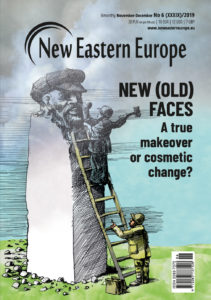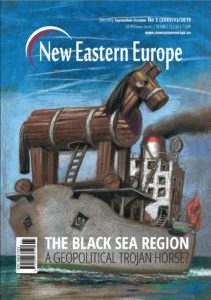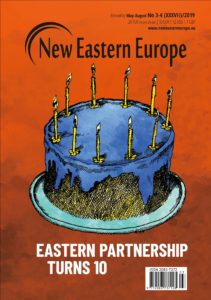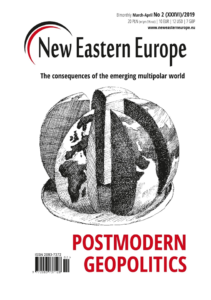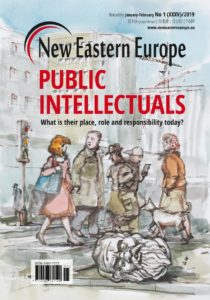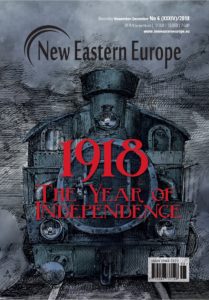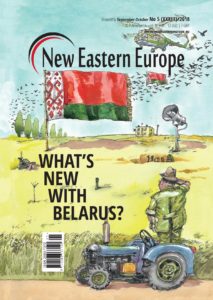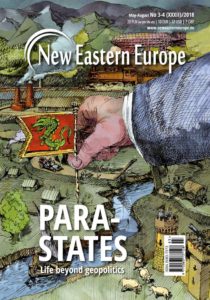The icon and the sarcophagus: why the Golden Ring matters to the Kremlin in 2023
“This is Trinity”, a religious icon painted in 1420 by Andrey Rublev, is about as high profile as icons come in Russia. The Russian president’s order in May to move it back to the Trinity Lavra Monastery in Sergiev Posad was neither accidental, nor anecdotal. Its connection to war, the idea of Russia and the bonds between church and state run much deeper than most realised. The defiance of the Tretyakov Gallery, which said it would not be moved, was symbolic in its own right – though not how one might assume.
September 11, 2023 -
James C. Pearce
-
History and MemoryIssue 5 2023Magazine
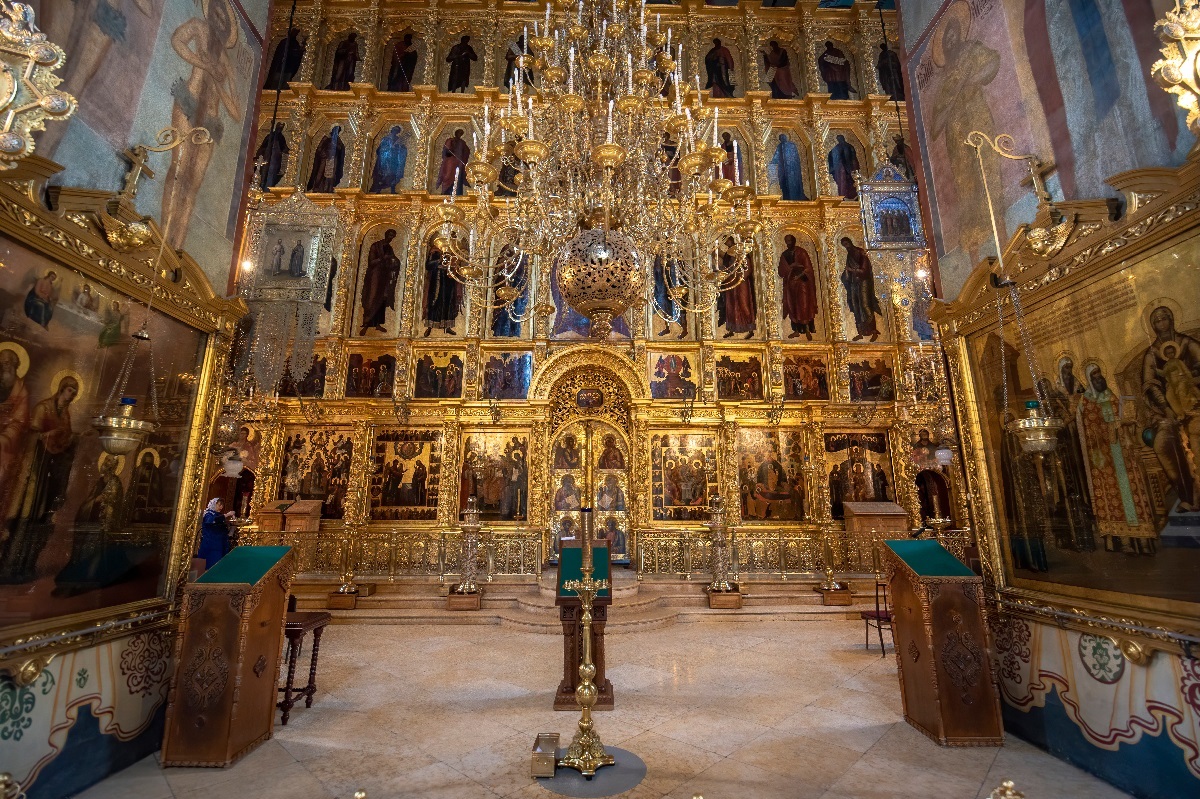
The Trinity Lavra Monastery in Sergiev Posad, Russia, is one of the many historical and religious sites becoming a part of Vladimir Putin’s growing spiritual narrative about Russian history. Photo: Mitzo/Shutterstock




